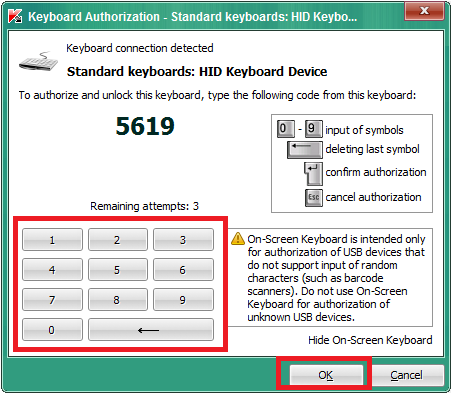This year I spoke at FOSDEM again. It became sort of a tradition to visit Brussels in winter and although I was tempted to break with the tradition, I came again.
I had two talks at this year’s FOSDEM, both in the Security track. One on my work with Ludovico on protecting against rogue USB devices and another one on tracking users with core Internet protocols. We got a bigger room this year, but it was still packed. Despite the projector issues, which seem to be appearing more often recently, the talks went well. The audience was very engaged and we had a lively discussion in the hallway. In fact, the discussion was extremely fruitful because we were told about work in similar areas which we ought to check out.

For our USB talk I thought I’d set the mindset first and explain how GNOME thinks it should interact with the user. That is, the less interaction is required, the better it is. Especially for a security system where the user may not know what to do. In fact, we try to just make it work™ without the user having to do anything. That is vastly different from other projects are doing. In particular, Kaspersky wants you to enter a PIN when attaching a new keyboard and the USBGuard dialogue is not necessarily suitable for our users.

In the talk on Internet protocols I mainly showed that optimisations regarding the latency need to be balanced against the privacy needs of the users. Because in order to reduce latency you usually share a state with the other end which tends to be indicated through some form of token or cookie. And because you have this shared state, the server can discriminate you. What you can try to do is to not send the token or cookie in first place. Of course, then you lose the optimisation. In turns out, however, that TLS 1.3 can be as fast, i.e. 1 round trip, and that the latency is not better or worse if you resume a previous session. Note how I talk about latency only and ignore other aspects such as CPU cycles spent for the connection establishment. Another strategy is to not send the token unencryptedly. With TLS 1.2 the Session Ticket is sent without any form of encryption which enables a network-based attacker to see your token and correlate your requests. The same is true for other optimisations such as TCP Fast Open. I have also presented our approach to balancing privacy and latency, namely a patched WolfSSL and Linux. With these patched versions we send the TCP Fast Open cookie via TLS s.t. the attacker cannot see it when we request it.

The conference was super busy and I was super busy with talking to people. It’s amazing how fast time flies when you are engaged in interesting discussions. I bumped from one person into another and then it was already time for dinner. The one talk I’ve seen was done by my colleague on preventing cryptographic misuse of libraries. More precisely, an attempt to provide sane APIs which make shooting yourself in the foot very hard.

